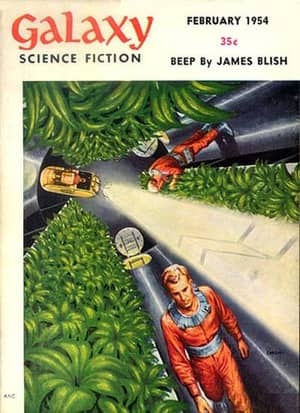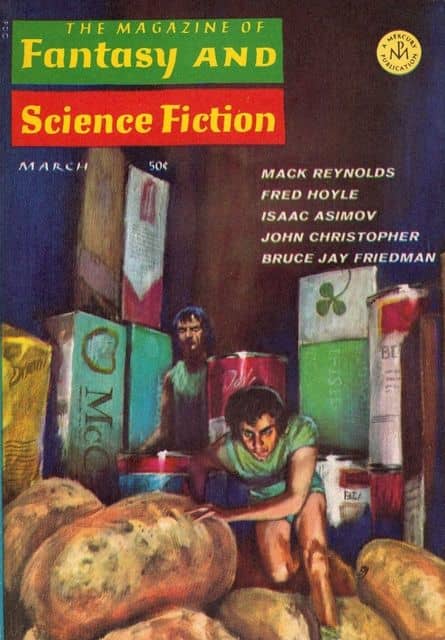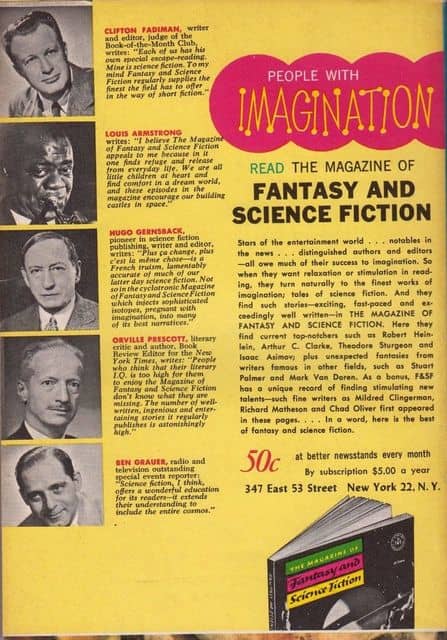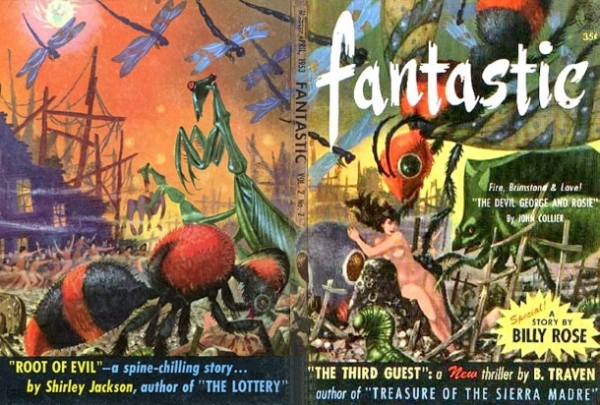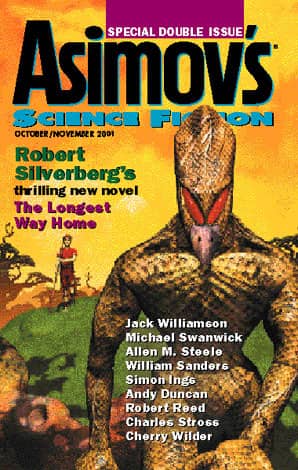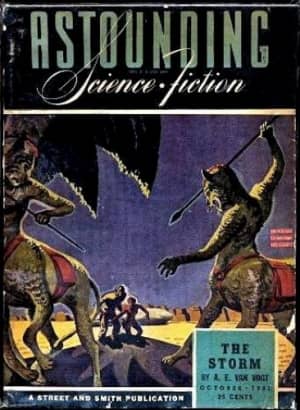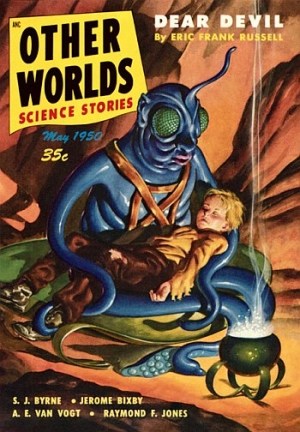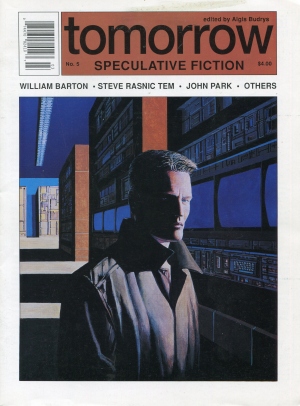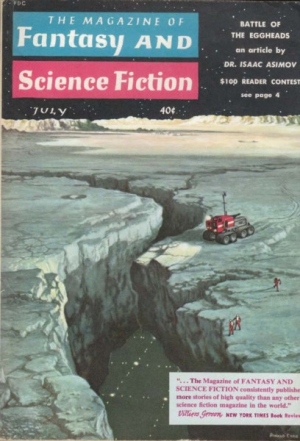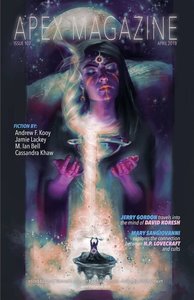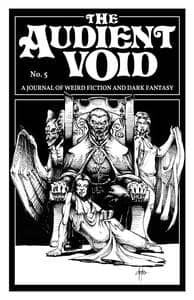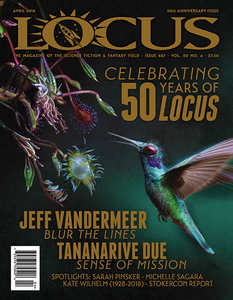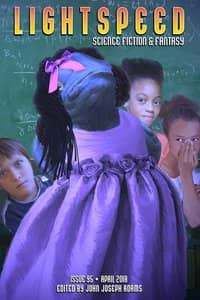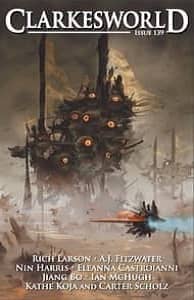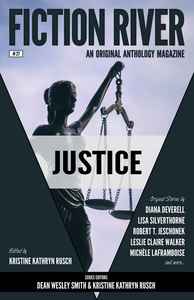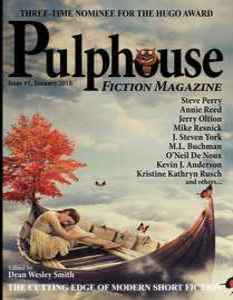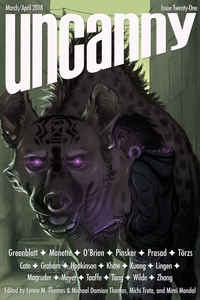Birthday Reviews: Joel Rosenberg’s “The Blink of a Wizard’s Eye”
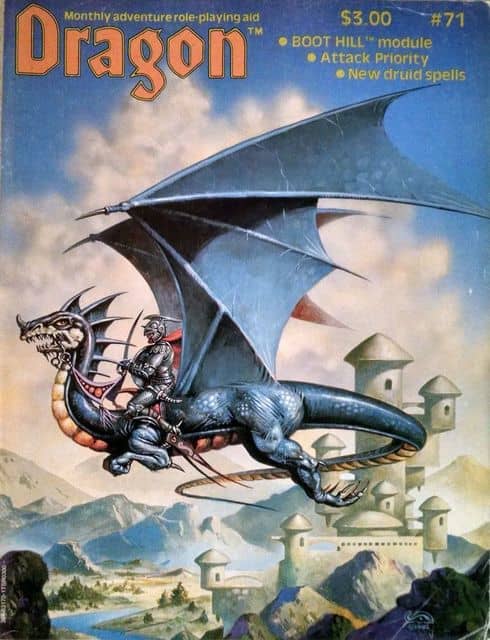 |
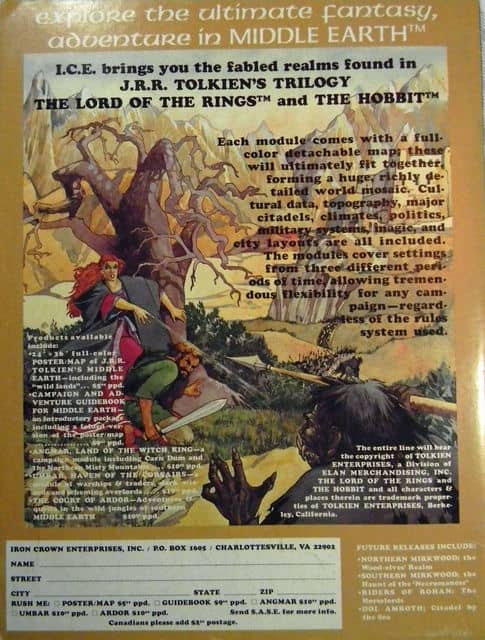 |
Cover by Clyde Caldwell
Joel Rosenberg was born on May 1, 1954 and died on June 4, 2011.
Rosenberg published the Guardians of the Flame series, beginning with The Sleeping Dragon in 1983, about a group of role playing gamers magically transported to a fantasy world where they must deal with the stereotypical magical world, bringing along their modern points of view and knowledge. The series ran for ten volumes through 2003.
Rosenberg also published the four volumes set in his Thousand Worlds science fiction milieu and his other fantasy series: Keepers of the Hidden Ways, D’Shai, and Mordred’s Heirs. Along with Raymond Feist, he wrote Murder in Lamut, a novel set in Feist’s Riftwar setting. His short story “The Last Time” was set in Robert Adams’s Horseclans universe.
In addition to his speculative fiction, Rosenberg also worked as a gun rights advocate, running gun training classes and writing handbooks on gun ownership specific to Minnesota and Wisconsin. Rosenberg also wrote two volumes about Sparky Hemingway, a mystery series featuring a main character who is a copy-editor. Rosenberg also invited me to my first science fiction convention, which is how I got involved in all of this.
